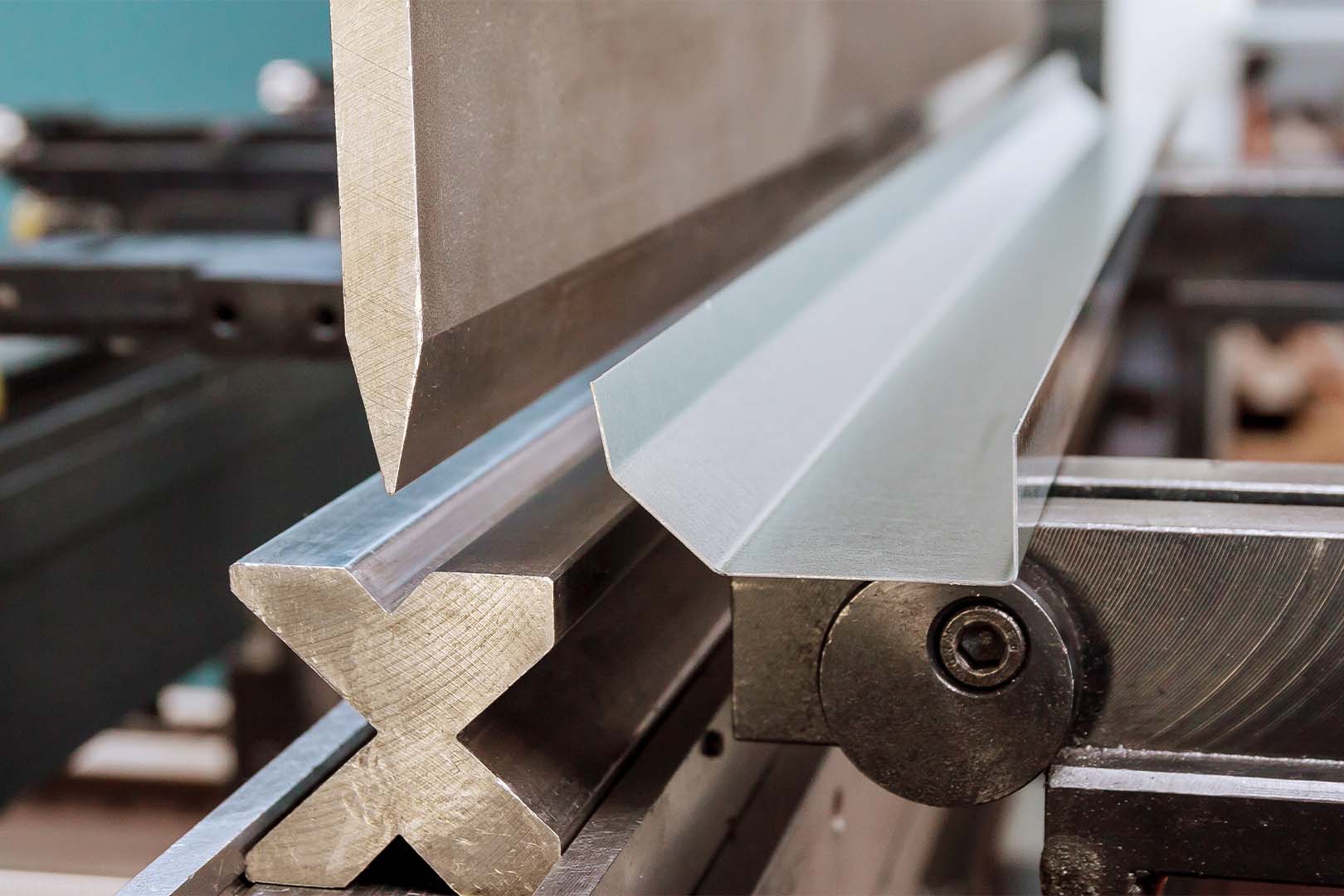Have a take a look around. From the street signs to corners to the design of benches in public spaces, a lot of the world’s built structures are formed by the materials and techniques that we rarely consider. One of the most overlooked processes involves sheet-metal fabrication. While it may be unnoticed by many yet, it plays an essential function in shaping the surroundings that we traverse every day, quietly creating the basis of transportation, infrastructure, and design.
Table of Contents
What Is Sheet Metal Fabrication and Why Does It Matter
In essence, sheet fabrication of metal is the process that involves cutting and bending and joining thin sheet metal to create specific components or structures. It’s a technique that combines precision and flexibility, creating parts that are used for everything from kitchens in commercial establishments to rail systems to offices and homes.
Its significance is in its flexibility. sheet steel can be bent to suit specific requirements and allows to produce large-scale production or even one-off pieces. It doesn’t matter if it’s for building cladding or vehicle components the procedure allows you to create durable, strong solutions quickly. It’s an in-depth ability that supports everything from contemporary architecture to everyday manufacturing.
From Blueprint to Reality
What begins as a sketch or digital drawing soon turns into the actual component of a product or building. Thanks to modern machines as well as software, steel can be manufactured with remarkable precision. This makes sure that each piece of metal is exactly in the place it’s intended to be, whether an element of structural frames, or an obstacle to public transport.
Due to its flexibility, sheet fabrication of metal can be used for large-scale tasks and for one-off projects. It’s utilized by engineers, architects and designers who require reliable metals that are fabricated consistently and precisely. The process enables ideas to transfer from the drawing table into the real world with no compromise.
Modern Techniques and Sustainable Thinking
Fabrication has advanced a lot in the last few times. Technologies such as CNC (Computer Numerical Control) machines and laser cutters have helped make production quicker, more efficient and more reliable. These techniques minimize waste by creating only the things that are needed and using less energy than traditional processes.
The focus is growing to sustainability. A lot of fabricators are using recycled metals, enhancing efficiency and energy efficiency, as well as adopting environmentally friendly practices all over the place. This allows them to meet the needs of modern infrastructure, while also keeping the environment in the forefront of their minds.
Everyday Examples You Didn’t Know Were Fabricated
While the process might appear industrial, the end result is surprising familiar. Think of shelters for bus stops bicycle racks and filing cabinets or shopfront signage, all of which are made from sheet metal. Even household items like lighting frames or extractor hoods usually begin life as flat sheets that are cut and then shaped.
The everyday instances show how ingrained this method is in contemporary life. Without it, a lot of the systems and tools that we depend on would be much more expensive or would not be in the same manner.
Sheet metal fabrication may not get the attention of the media however its impact is all around. From safety rails and signs to transport systems as well as attractive panels. It is a part of the modern infrastructure living. Thanks to cutting-edge technology and sustainable practices this craft is growing to keep up with times, offering effective, precise solutions to make the world a better place.

